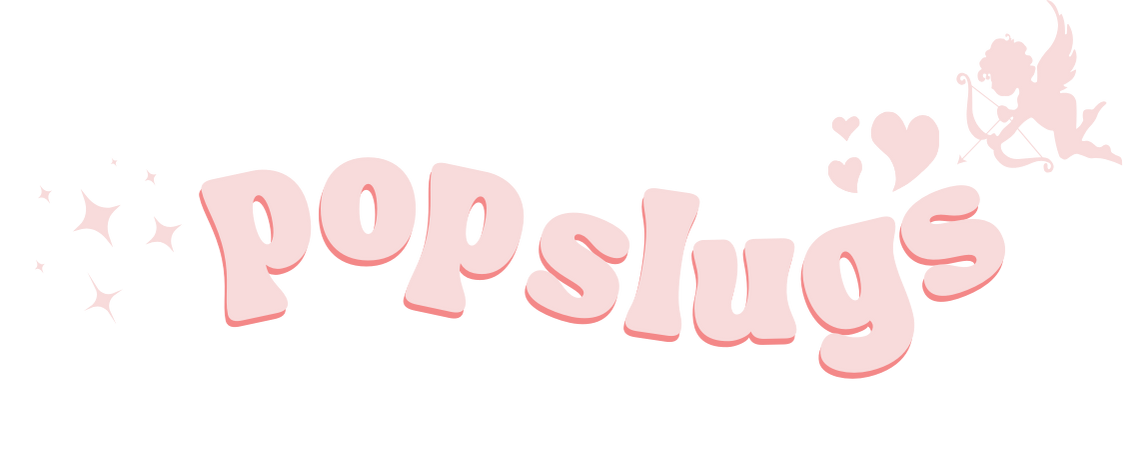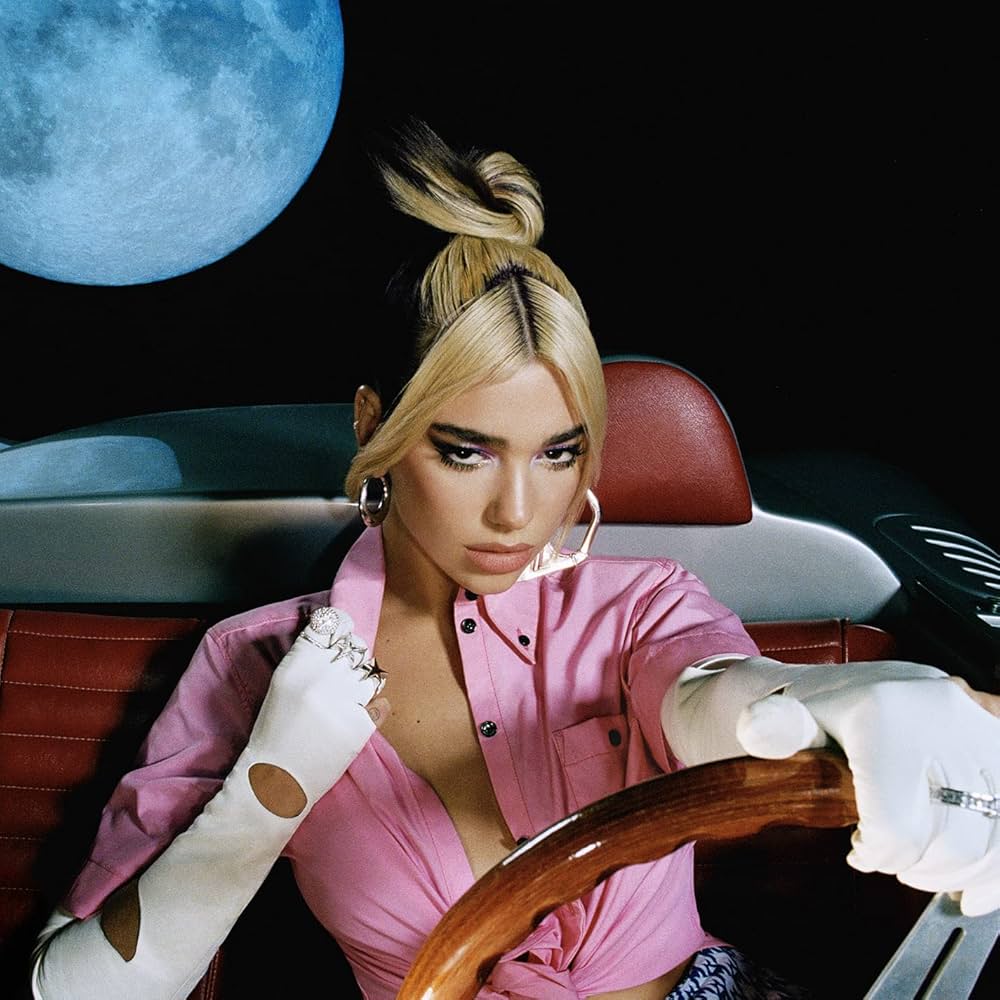In the ever-evolving landscape of pop music, some albums define an era and Dua Lipa’s Future Nostalgia (2020) wasn’t just a hit record—it was a moment. A glittering, disco-infused time capsule that arrived just as the world needed it most, it managed to feel both futuristic and steeped in the past, effortlessly cool yet universally accessible. And while plenty of albums have drawn inspiration from its sound and aesthetic, there will never be another Future Nostalgia.
A Perfect Storm of Timing
One of the reasons Future Nostalgia is irreplaceable is the moment in which it dropped. Released at the start of the COVID-19 pandemic, it became an escape—an album designed for the dancefloor that people ended up dancing to in their bedrooms. While so much of the world stood still, Dua’s music and success was moving at full speed, offering an infectious energy that listeners clung to.
If Future Nostalgia had come out in a different era, it might not have hit the same. The contrast between the album’s shimmering production and the stillness of the outside world made it feel even more electric, like bottled euphoria. No album will ever have that exact cultural backdrop again.
A Cohesive, No-Skips Experience
Modern pop albums often feel like collections of singles, but Future Nostalgia played like a well-crafted journey. From the pulsing title track to the unstoppable force of “Physical” and the cheeky groove of “Good in Bed,” every song had a purpose. There was no filler. Even deep cuts like “Love Again” and “Hallucinate” could have been lead singles.
Dua and her collaborators built a world within the album—one of neon lights, Studio 54 glamour, and unshakable confidence. The balance between nostalgia and modernity was struck with precision, making it more than just a trend-driven throwback.
The Revival of Dance-Pop Done Right
Disco and funk influences in pop weren’t new when Future Nostalgia arrived—artists like Daft Punk and Kylie Minogue had long been infusing their music with similar elements. But Future Nostalgia wasn’t just an aesthetic choice; it was a masterclass in blending retro sounds with contemporary production.
The album’s sonic world was meticulously crafted, thanks to production from industry heavyweights like Stuart Price, Jeff Bhasker, and The Monsters & Strangerz. It wasn’t a cheap cash-in on nostalgia—it was a fully realized reinvention. And while disco has continued to make a resurgence in pop music (Beyoncé’s Renaissance or Jessie Ware’s What’s Your Pleasure?), Future Nostalgia had a simplicity and effortlessness that’s hard to replicate.
The Breakthrough of a Superstar
Dua Lipa was already a rising star name everyone knew before Future Nostalgia, but this was the album that cemented her as a pop icon. The confidence, the visuals, the iconic Studio 2054 livestream performance—it all worked together to elevate her to another level.
Other artists may try to recreate the Future Nostalgia magic, but the context will never be the same. Dua Lipa’s evolution from promising newcomer to full-fledged superstar was part of what made this album so special.
An Album That Will Stand the Test of Time
Years from now, Future Nostalgia will still be talked about—not just as a great album, but as a cultural moment. It wasn’t just about making dance music cool again; it was about delivering something joyful and self-assured when people needed it most.
There will be other disco-inspired pop albums. There will be other records that capture a feeling of collective euphoria. But there will never be another Future Nostalgia. It was lightning in a bottle—one of those rare albums that define a time and place, yet somehow feel timeless.
Slugs x


What do you think?
It is nice to know your opinion. Leave a comment.